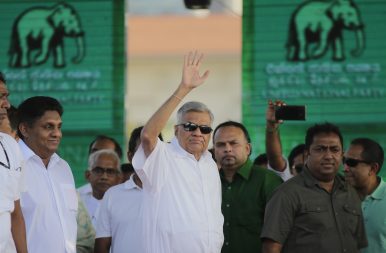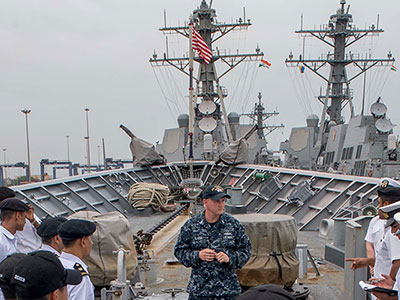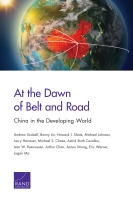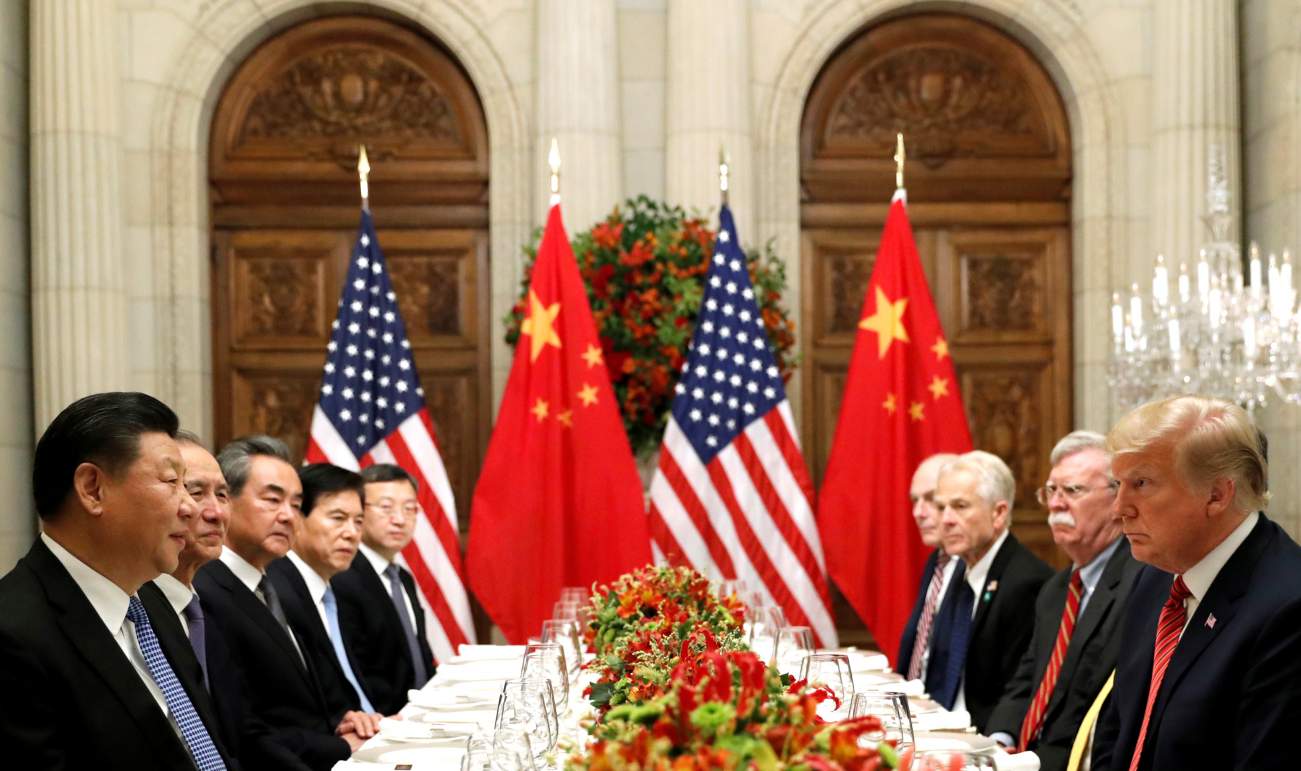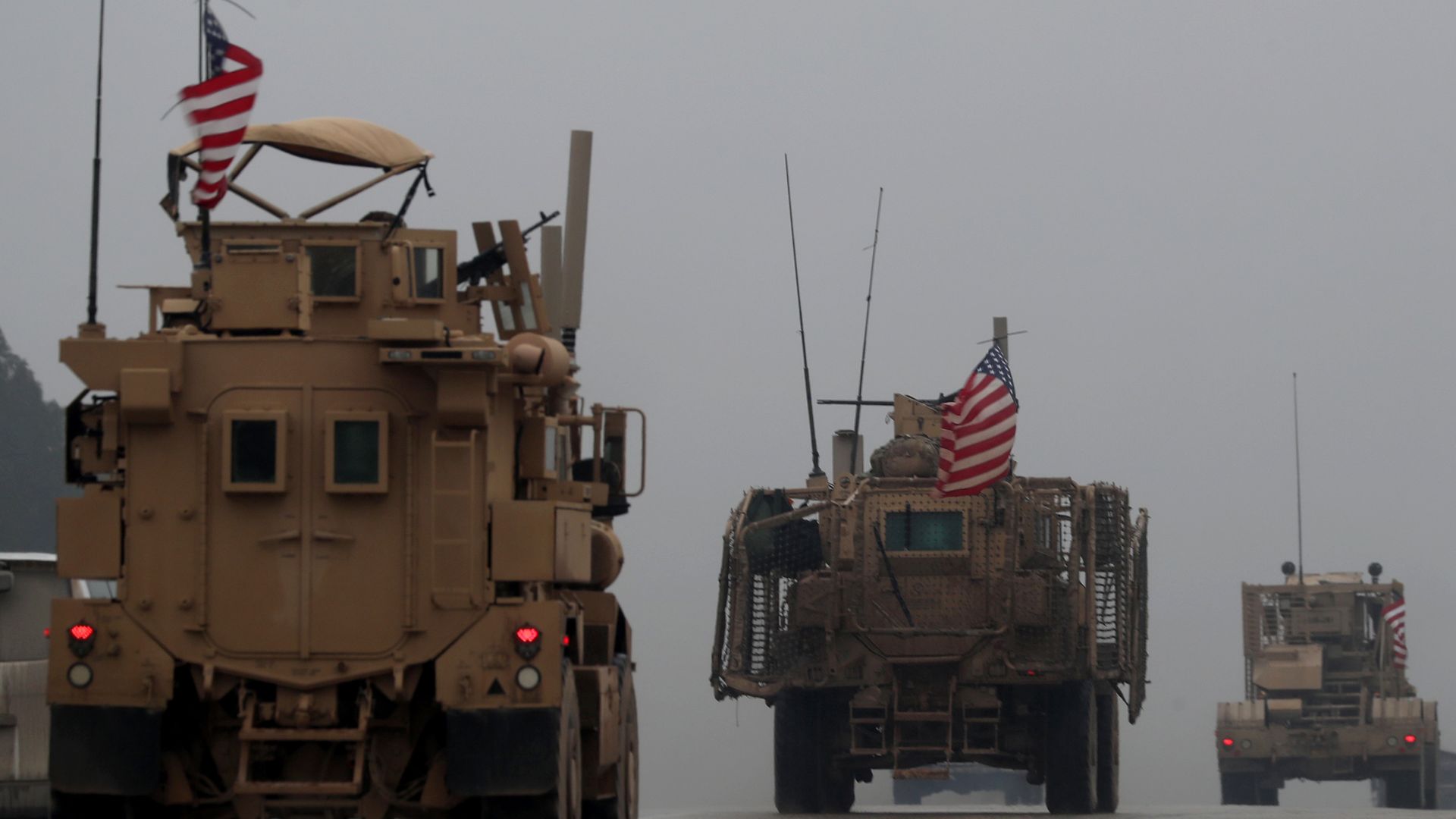 NEW DELHI: The bitter Doklam episode as well as the evolving regional security matrix forced India's defence brass in 2018 to hasten work on long-pending reforms and modernisation of the armed forces, resulting in a plethora of strategically key initiatives aimed at boosting India's military prowess
NEW DELHI: The bitter Doklam episode as well as the evolving regional security matrix forced India's defence brass in 2018 to hasten work on long-pending reforms and modernisation of the armed forces, resulting in a plethora of strategically key initiatives aimed at boosting India's military prowess
The efforts, however, were marred by the political firestorm over the Rafale deal with the defence ministry and the Indian Air Force having to focus on rebutting charges of graft in the Rs 58,000- crore contract.
As concerns mounted over Chinese infrastructure build-up in Tibet Autonomous Region and near Doklam tri-junction, the government expedited implementation of pending projects like laying of roads, construction of bridges, strengthening of key military airfields and enhancing surveillance along the nearly 3,600-km Sino-India border.


